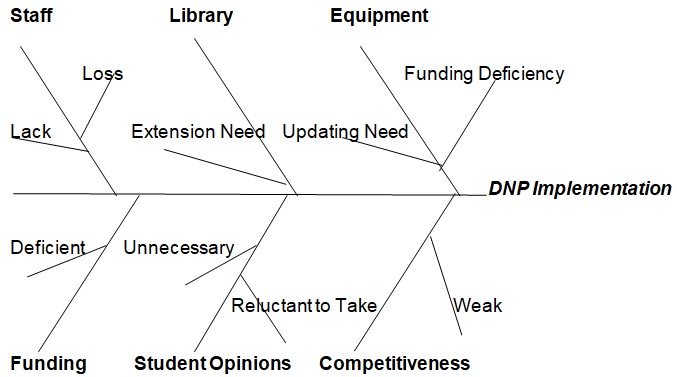Type of Organization
Medical University (MU) in Sleepy Hollow, an affluent suburb of Roanoke, VA is a private, liberal arts university offering 57 undergraduate and graduate programs to over 5000 students. MU consists of the School of Nursing offering the Master of Science in Nursing (MSN) Degree and the Family Nurse Practitioner (FNP) program.
History of Organization
The development of MU was carried out smoothly, and only in 2008 did the first merger takes place between the Department of Undergraduate Nursing and the Division of Graduate Nursing to establish the School of Nursing. As the result, the health profession offered by MU is considered to be the one faculty, while the current Dean for the School of Nursing is the former head of the undergraduate programs at MU.
Mission
The mission statement of MU claims this organization to be committed to the liberal arts tradition. MU tries to offer career prospects to its students and facilitates their personal and professional development. The School of Nursing as part of MU stands for the principles of friendly cooperation and committed learning as the best ways to achieve proficiency in such a complicated profession as nursing.
Missions and Current Policies Alignment
The currently implemented policies and programs show the close alignment with the mission and goals proclaimed by MU in its mission statement. Numerous graduate and undergraduate programs are offered to students so that to give them the wide choice and ensure the development of every single personality in the profession he or she feels a commitment to.
Current Issues and Challenges
The major issues and challenges that MU currently faces include the lack of qualified staff with doctorate degrees in nursing, the inability of the University to attract such staff as the salaries are rather low compared to other establishments, the need to develop MU library and update the faculty equipment, which also demands to fund and is impossible at the current stage of MU development. In the light of the fact that MU wants the School of Nursing to introduce the Doctor of Nursing Practice (DNP) degree, the conflict appears between MU and School of Nursing staff as the former supports the innovation while the latter sees no current opportunities to introduce it.
Type of Issue
Accordingly, the major issue observed in MU can be called a combination of the relationship and structural issues. The structural character is manifested in the fact that it is a program that causes the conflict, and the relationship side is observed in the purely communicational misunderstanding between people from MU and the School of Nursing who keep to different points of view on the DNP issue.
Problem Statement
The problem in MU lies in the necessity of DNP implementation which is opposed by the School of Nursing staff claiming that current funding and equipment of the School does not allow proper implementing of the DNP program and competing with other universities.
Analytical Tool Used
The analytical tool used to consider the conflict is the fishbone analysis model allowing the researchers to see the factors that led to the conflict and the means that might help solve it. Other tools that might have been used include qualitative and quantitative analyses. The former could be helpful in finding out the reasons for the conflict, while the latter might demonstrate the numerical data related to the actual necessity, or its lack, of the DNP program in the School of Nursing.
Recommended Interventions
Among these, the need to settle the dispute between the MU and School of Nursing staff is obvious. As they argue on a controversial point, the way to settle the controversy is to carry out the research and question the students about their wish to get the DNP degree and their opinions about the necessity of the DNP program in MU at all.
